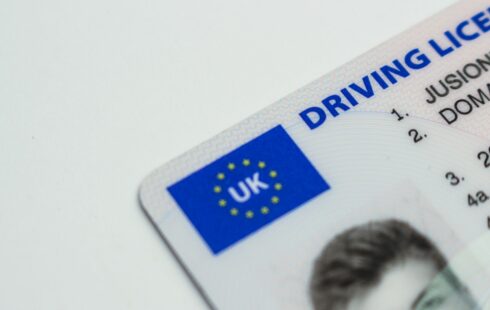
Many companies need to be able to verify the identity of their customers for a variety of reasons, but for some industries this isn’t just a best practice, but rather a necessity in order to comply with regulations.
In the financial industry, for example, companies should have programs in place to meet Anti-Money Laundering (AML) and Combating the Financing of Terrorism (CFT) regulations, which are regulations that help prevent financial crime and ensure that global financial systems are secure and safe.
“Especially with financial companies, you want to make sure that the new customer that you are onboarding is a real person, that they do not belong to any financial terrorist groups,” Ben Nguyen, sales engineer at Melissa, said in an SD Times Live! Microwebinar on the topic of identity verification. “For example, say you’re a bank, and one of your customers uses his account with your bank to conduct some money laundering businesses, and let’s say you’re not able to detect that this is a high risk individual during the onboarding process. This may put your company in a very bad position.”
RELATED CONTENT:
The real cost of bad data
How to prevent common data quality issues
In order to meet those requirements and protect your business, you need to have a way to verify customer data during onboarding. Unfortunately, traditional processes of verifying customers’ info can be quite time-consuming and costly. It requires verifying data from many data sources, as well as determining if those sources are trustworthy and if they can legally use the data in the first place. It can also require a lot of manual work and the process can go on for a long time, which could lead to missed business opportunities, Nguyen explained.
One way to deal with these challenges is to implement Electronic Identity Verification (eIDV), which is a method of verifying someone’s identity digitally. This can be achieved by gathering information like name, address, and date of birth, and then processing that data using algorithms and machine learning to match it against different databases.
Speaking of Melissa’s own eIDV solution, Nguyen said: “We will let you know if this person is legit by saying their name, address, date of birth, and ID match our sources. This will give you an identity competence score in our solutions. So this confidence score could be high, medium, or low, and this will help with customer due diligence as well.”
In addition to helping companies prevent fraud, there are a number of other benefits that eIDV brings, such as better security, efficiency and cost savings, improved user experience, and scalability.
To get started with eIDV, Nguyen has a few recommendations. First, it’s important to understand the regulatory requirements that you are trying to meet, so that you can be sure your eIDV solution aligns with those requirements.
It’s also important to conduct an internal risk assessment, in order to determine the level of eIDV that is needed for different transaction types. “Not all transactions carry the same level of risk, so tailor your eIDV approach accordingly,” he said.
Other important best practices once you’ve figured those initial pieces out are to make sure you’re prioritizing data security and privacy, ensure the solution can be scaled, and maintain strong audit trails for accountability and compliance reasons.






